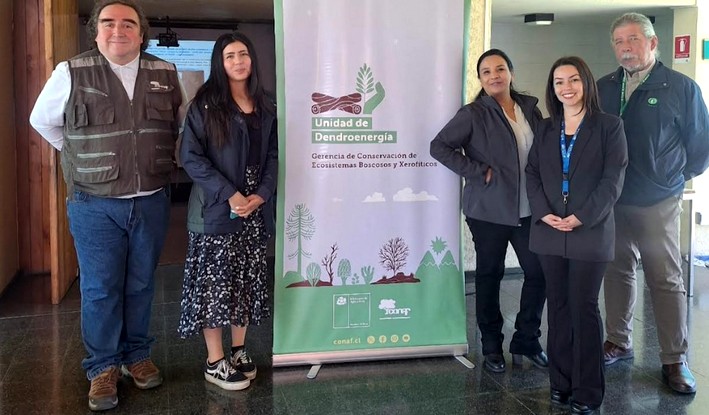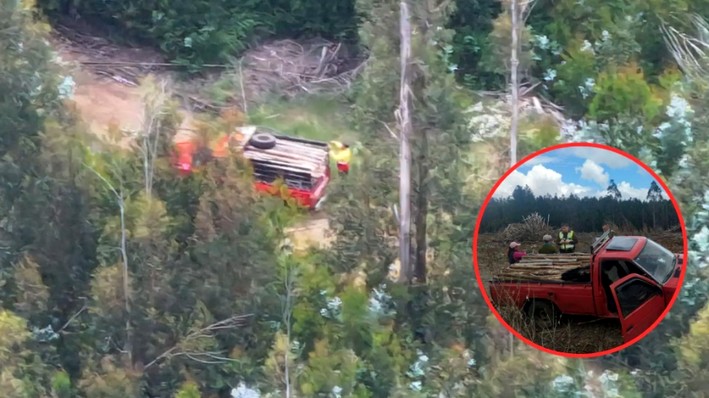Population of Darwin's Frogs Found in Vicente Pérez Rosales National Park: Never Before Detected There
In a discovery that brings hope to the scientific community, a group of Chilean and Argentine park rangers found a new population of Darwin's frog, a species currently classified as endangered by the IUCN Red List of Threatened Species.
The significant finding occurred in Vicente Pérez Rosales National Park, in the Ensenada area of the Los Lagos Region, just meters from Lake Llanquihue. This protected wilderness area was founded in 1926 and is the oldest national park in the country.
Last February, Chilean park rangers and others from Argentina's Nahuel Huapi National Park arrived there to participate in a training session led by researchers from the NGO Ranita de Darwin.
As the experts recounted, "68 Darwin's frogs were unexpectedly sighted, representing not only a new population for the species but also one of the largest known to date." In this regard, the National Forestry Corporation (CONAF) highlighted in a statement that this discovery is "significant," as in "the park's 99-year history, this tiny amphibian had never been detected." Measuring around three centimeters, Darwin's frog is an amphibian species from the Rhinodermatidae family, discovered in 1834 by English naturalist Charles Darwin during his time in Chile. It is "endemic to the temperate forests of Chile and Argentina" and is globally renowned for being the only amphibian species where the male raises the tadpoles inside its vocal sac until they undergo metamorphosis, releasing half-centimeter-long froglets onto the forest floor.
The frog's coloration ranges from deep green to dark brown, while its shape resembles a leaf, allowing it to blend perfectly into its habitat. The species is endangered due to the decline of native forests and an amphibian pandemic known as chytridiomycosis.
In this context, one of the key points emphasized by Miguel Leiva Faúndez, Regional Director of CONAF Los Lagos, is that this is "an extremely relevant discovery, because the presence of Darwin's frog in this protected area represents a new conservation target."
Meanwhile, the initiative's leader, Alexis Gajardo Rivas, a park ranger and head of the Conservation Program at Vicente Pérez Rosales National Park, stated that "this discovery has significantly surprised the park ranger team at Vicente Pérez Rosales National Park and opens an invaluable opportunity to strengthen the management of our biological conservation targets."
"In this context, our commitment as park rangers is to focus all our efforts on long-term monitoring of the identified Darwin's frog populations within the protected area, developing effective strategies for their conservation and threat mitigation," he added.
Nahuel Huapi National Park reported that the field training sessions leading to the discovery were made possible by the Binational Strategy (Chile-Argentina) for the Conservation of Darwin's Frogs, an initiative launched in 2018 to strengthen collaboration between different sectors of society, including public and private entities, for the protection of these amphibians.
In the short term, the plan is for rangers from both countries to begin binational monitoring of Darwin's frog populations in the two protected areas.
"Through this collaboration and the discovery of this new population, we are not only protecting Darwin's frog but also contributing to the conservation of the entire ecosystem. We are achieving our goal of using Darwin's frog as a flagship in the fight to protect native forests and the communities that depend on this vital ecosystem," explained Andrés Valenzuela, president of the NGO Ranita de Darwin and researcher at the Zoological Society of London.
Source:Emol

















